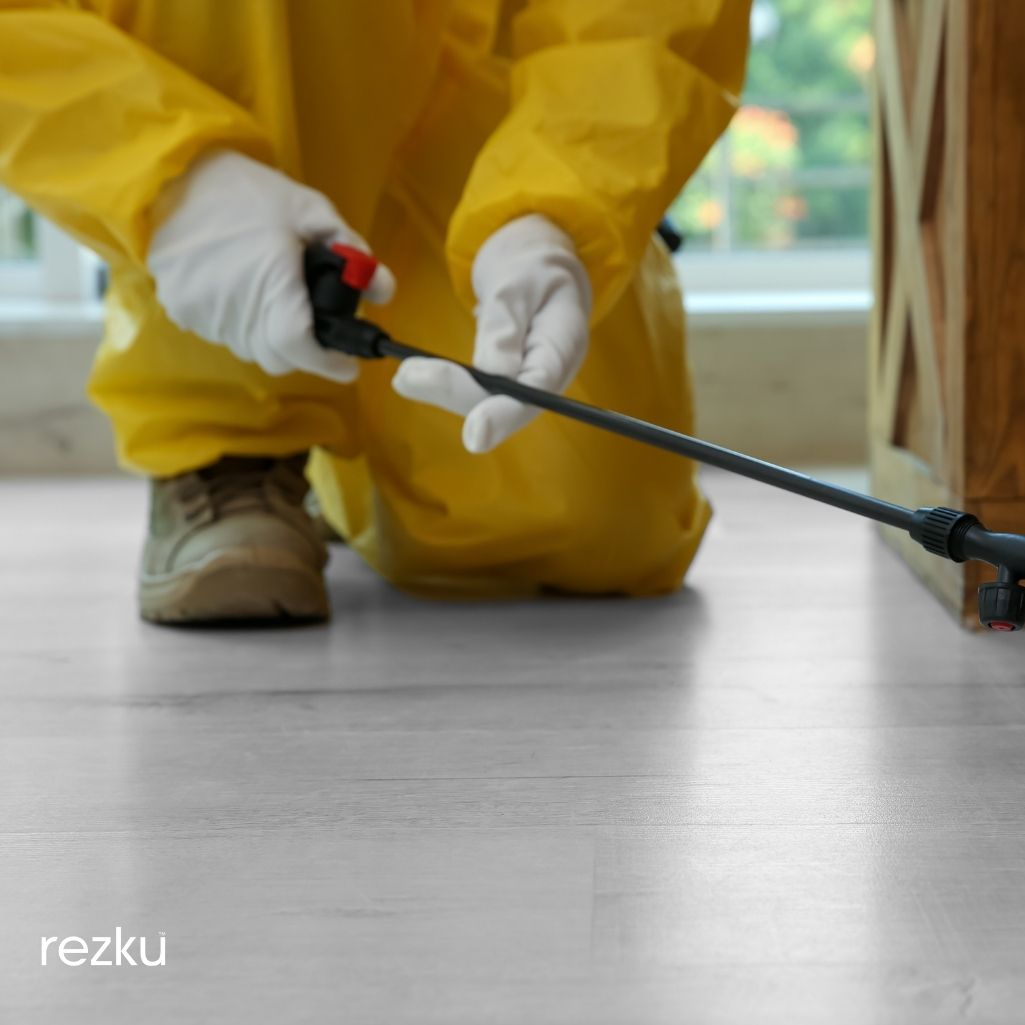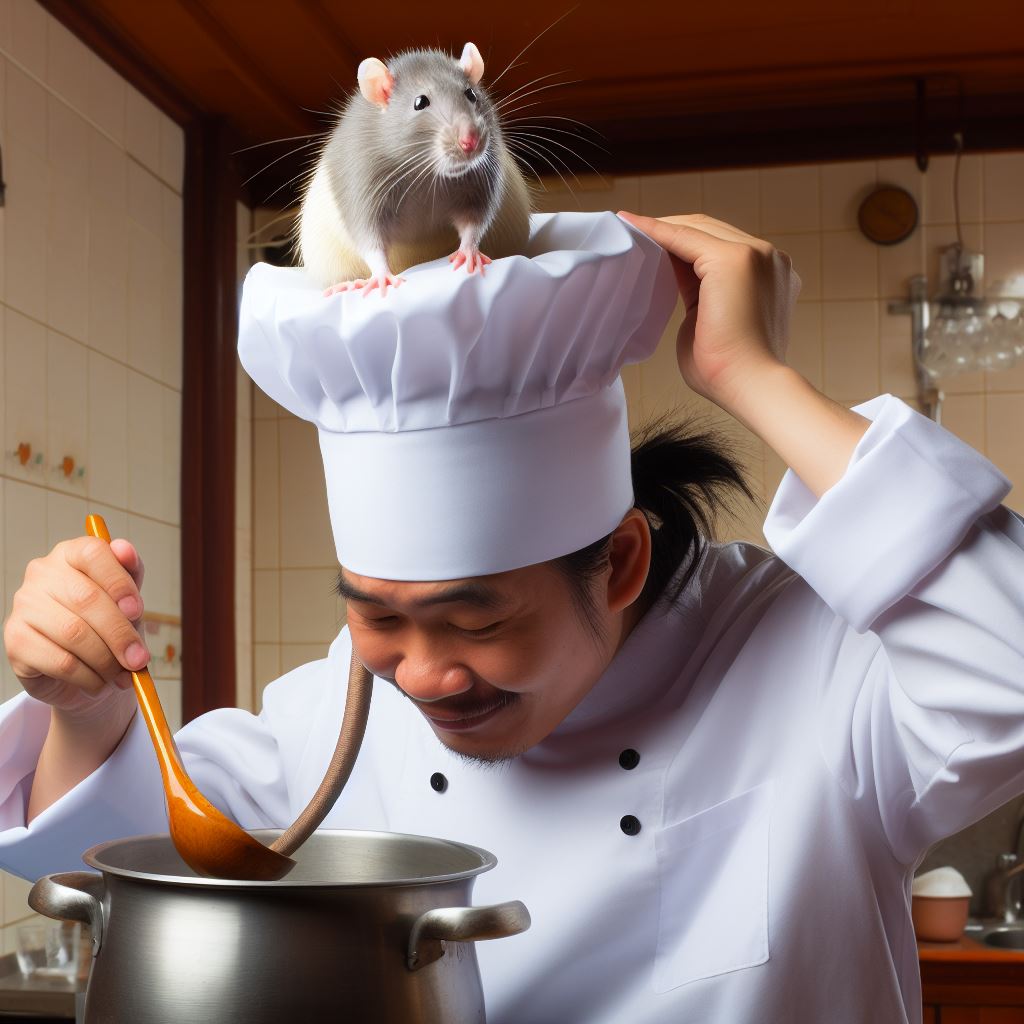Evict Unwanted Diners! Pest Control Solutions Every Restaurant Owner Needs to Know Before Their Next Health Inspection
The Rezku Team

In the restaurant industry, maintaining a clean and pest-free environment is crucial for the success and reputation of any establishment. According to the National Restaurant Association, a staggering 90% of pest infestations occur in commercial facilities, including restaurants. This alarming statistic underscores the importance of implementing effective pest control strategies to safeguard your business, customers, and bottom line.
Health & Safety Concerns
Pests in a restaurant can have severe consequences for both customer health and the business itself. Food-borne illnesses caused by pest-transmitted pathogens can lead to widespread outbreaks, putting customers at risk and can result in significant legal implications, including fines, temporary closures, or even permanent shutdowns by health authorities.
Common Restaurant Pests and Their Dangers
Restaurants can be a haven for a variety of pests, each presenting unique challenges and risks. Understanding the behavior, breeding habits, and potential hazards of these unwanted guests is the first step in developing an effective pest management plan.
- Rodents (Rats and Mice):
- Known for their ability to gnaw through wires, insulation, and even concrete, rodents can cause significant structural damage and increase the risk of electrical fires.
- They contaminate food and surfaces with their urine, feces, and hair, posing severe health risks to customers and staff.
- Rodents can spread diseases such as salmonella, hantavirus, and leptospirosis, making their presence a critical public health concern.
- Cockroaches:
- Resilient and adaptable, cockroaches thrive in warm, moist environments and can quickly establish large populations in restaurant kitchens.
- They carry and spread harmful bacteria like E. coli and Salmonella, which can cause foodborne illnesses.
- Cockroach allergens can trigger asthma attacks and allergic reactions in sensitive individuals.
- Flies:
- House flies and fruit flies are common pests in restaurants, attracted by food odors and inadequate sanitation.
- They can transfer disease-causing pathogens like E. coli, Salmonella, and Staphylococcus aureus to food and surfaces through their vomit and feces.
- Flies can quickly multiply, leading to unsightly and unsanitary conditions that can deter customers.
- Ants:
- While not typically associated with disease transmission, ants can be a nuisance and indicate poor sanitation practices.
- They can contaminate food and surfaces with their trails, and some species, like carpenter ants, can cause structural damage to buildings.
- Stored Product Pests (Moths, Beetles, and Weevils):
- These pests infest and contaminate dry goods like flour, grains, and spices, leading to product loss and potential allergic reactions in customers.
- Their presence can indicate improper storage or outdated inventory practices.
Pest Prevention Strategies
Implementing a comprehensive pest prevention strategy is the most effective way to protect your restaurant from infestations. By eliminating potential entry points, food sources, and breeding grounds, you can create an environment that is less attractive to pests.
- Exclusion and Facility Maintenance:
- Seal cracks, gaps, and holes in walls, floors, and foundations to prevent pest entry.
- Install door sweeps, weather stripping, and air curtains to minimize access points.
- Ensure all windows and vents are properly screened and maintained.
- Repair leaks and address moisture issues promptly to eliminate potential breeding grounds.
- Sanitation and Waste Management:
- Implement a rigorous cleaning schedule, focusing on high-risk areas like food preparation surfaces, storage areas, and drains.
- Store food products in airtight, pest-proof containers and regularly inspect for signs of infestation.
- Properly dispose of waste in sealed containers and remove it from the premises regularly.
- Keep the exterior of the restaurant clean and free of debris, overgrowth, standing water, and other potential harborage areas.
- Use Integrated Pest Management (IPM):
- Adopt an IPM approach that combines multiple control methods, including cultural, physical, and chemical controls.
- Conduct regular inspections and monitoring to detect early signs of pest activity.
- Utilize eco-friendly or organic pest control methods where possible to minimize the environmental impact.
- Train staff on proper sanitation practices, pest identification, and reporting procedures.

Treatment and Eradication Methods:
If a pest infestation occurs despite your best preventive measures, prompt action is crucial to mitigate the situation and protect your business. Various treatment and eradication methods are available, each with its own advantages and limitations.
- Traps and Baits:
- Mechanical traps, such as snap traps or live traps, can be effective for capturing rodents and insects.
- Insect baits containing attractants and insecticides can target specific pests like cockroaches and ants.
- Proper placement and monitoring of traps and baits are essential for optimal results.
- Professional Extermination Services:
- Hiring a licensed and experienced pest control professional can provide a comprehensive solution for severe infestations.
- Exterminators have access to specialized equipment and techniques, including targeted pesticide applications and heat treatments.
- Regular service contracts can help maintain a pest-free environment and provide ongoing monitoring.
- Eco-Friendly and Organic Pest Control:
- Consider eco-friendly or organic pest control methods, such as botanical insecticides, pheromone traps, and biological controls like beneficial insects or microorganisms.
- These alternatives can be effective while minimizing the environmental impact and potential health risks associated with traditional chemical pesticides.
Resources and Further Reading:
For more information and guidance on effective pest control strategies for restaurants, refer to the following resources:
- National Restaurant Association’s Food Safety and Pest Control Resources
- US Environmental Protection Agency’s Integrated Pest Management (IPM) for Food Service Establishments
- US Food and Drug Administration’s Food Code and Guidance on Pest Control
- Your state and local health department regulations and guidelines for restaurant pest control
Conclusion:
Proactive pest control is essential for ensuring food safety, maintaining customer trust, and protecting your business from legal and financial consequences. By understanding the risks associated with common restaurant pests, implementing comprehensive prevention strategies, and taking prompt action to address infestations, you can create a clean and inviting environment that prioritizes the well-being of your customers and the success of your establishment.
Rezku has been helping new and established restaurants achieve their business goals using the latest restaurant management software for over 10 years. Contact us today for a complimentary restaurant technology consultation.
Phone: 844-697-3958 x2
eMail: Sales@Rezku.com
Is Rezku the POS system you’ve been searching for?
Get a custom quote and start your free trial today.
Related Posts


